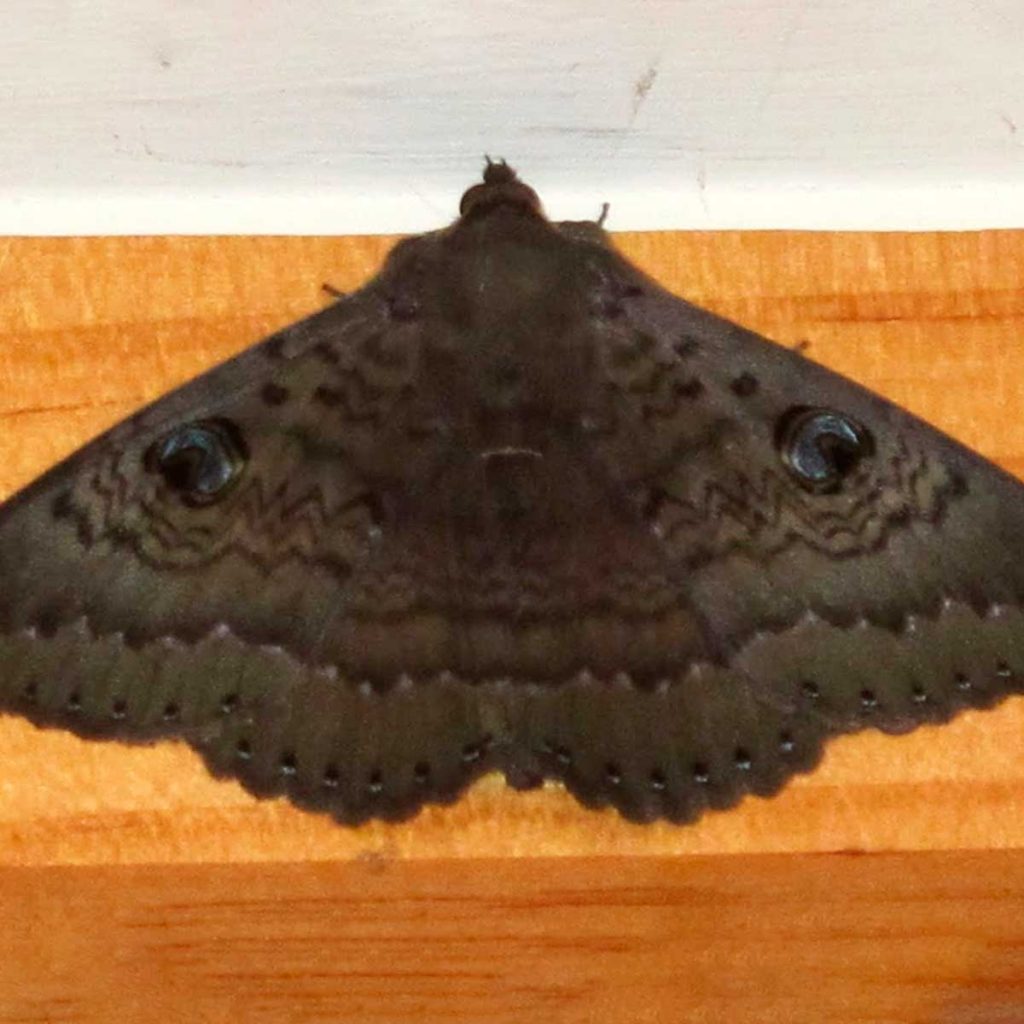Moth
General Information
Moths and butterflies look similar but can be quite different. In general, moths tend to be drab in colour, fold their wings down flat when resting and are usually nocturnal. On the other hand, butterflies are often brightly coloured, hold their wings together and upright when resting and are usually diurnal. However, these features can vary between species so are not guaranteed ways of identifying between moths and butterflies.
The best way to tell moths from butterflies is to look at their antennae. Moth antennae taper to a point and are either feathery or thread-like. Butterfly antennae are never feathery and end with expanded knobs. This is the case for all butterflies found in New Zealand, so it is an excellent way to distinguish between them based on appearance.
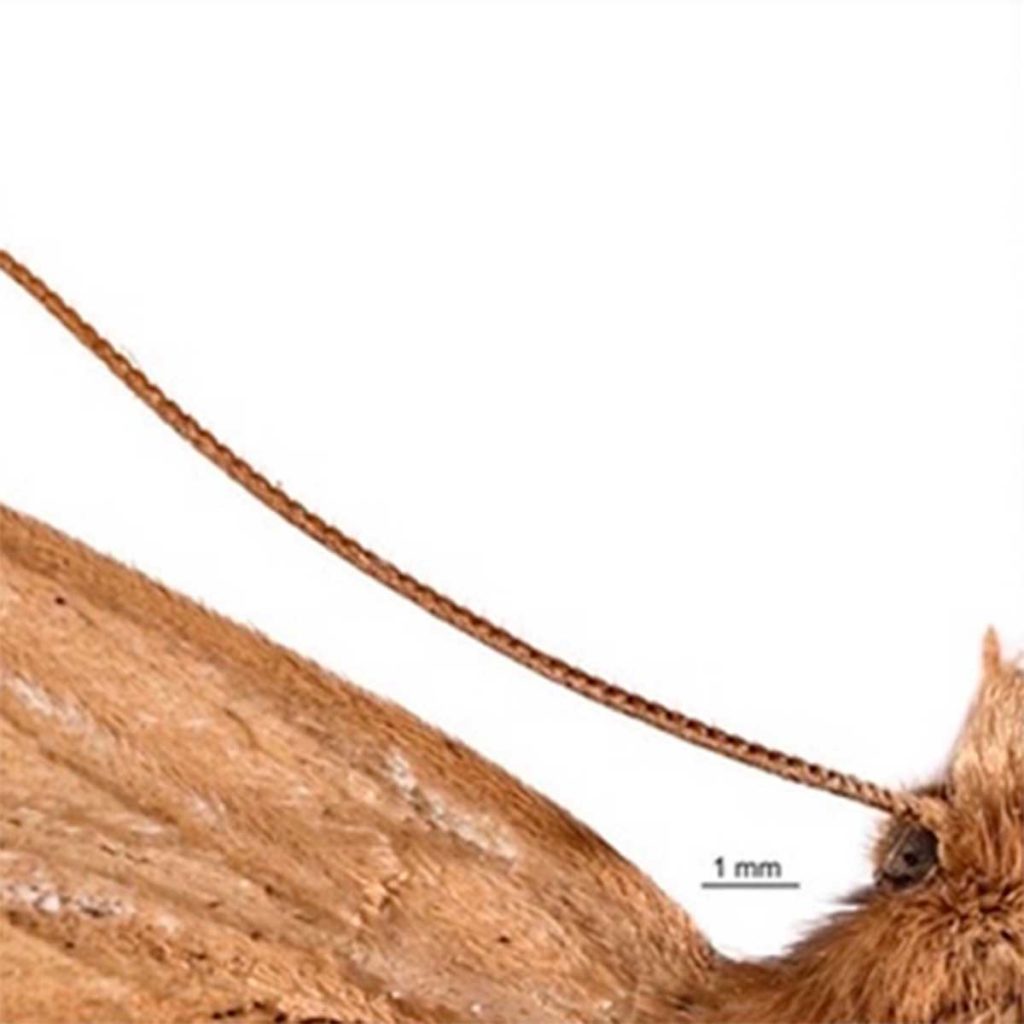
Ichneutica Ceraunias
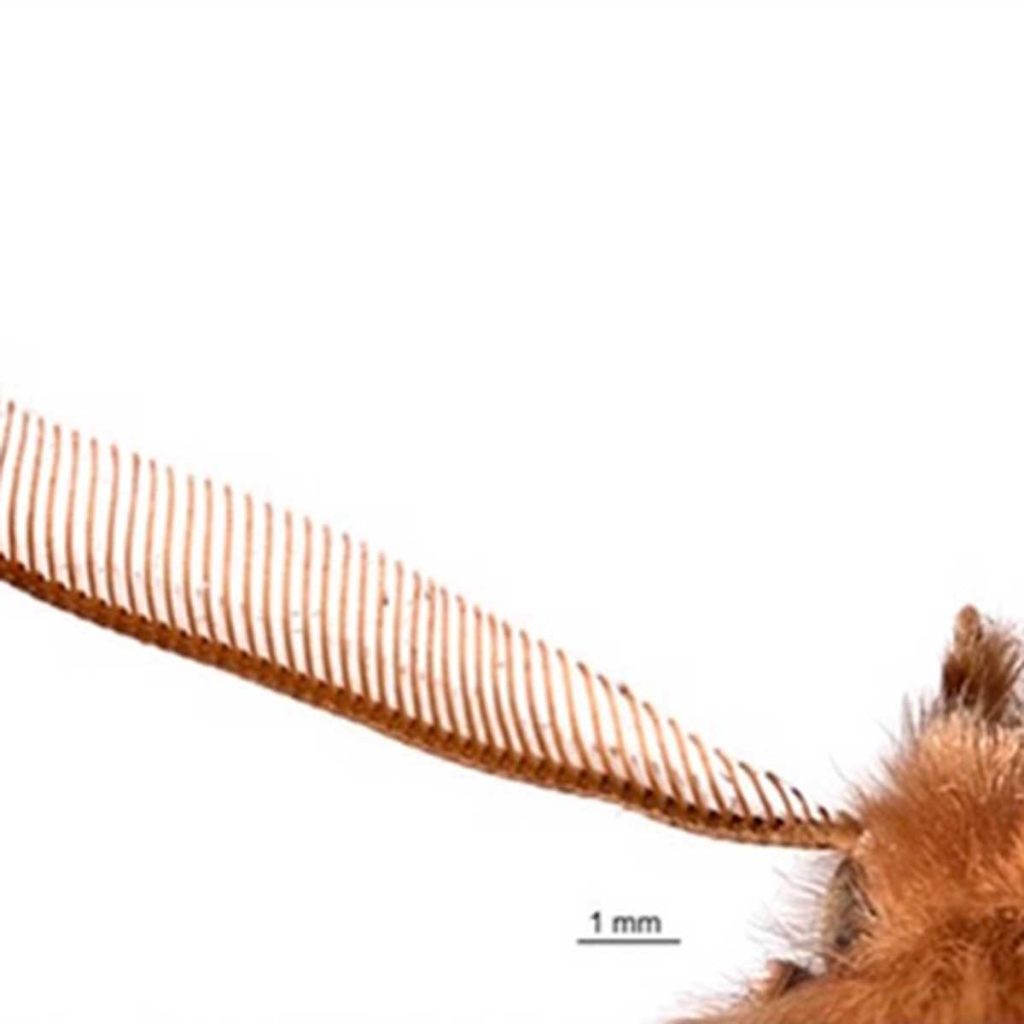
Ichneutica Ceraunias
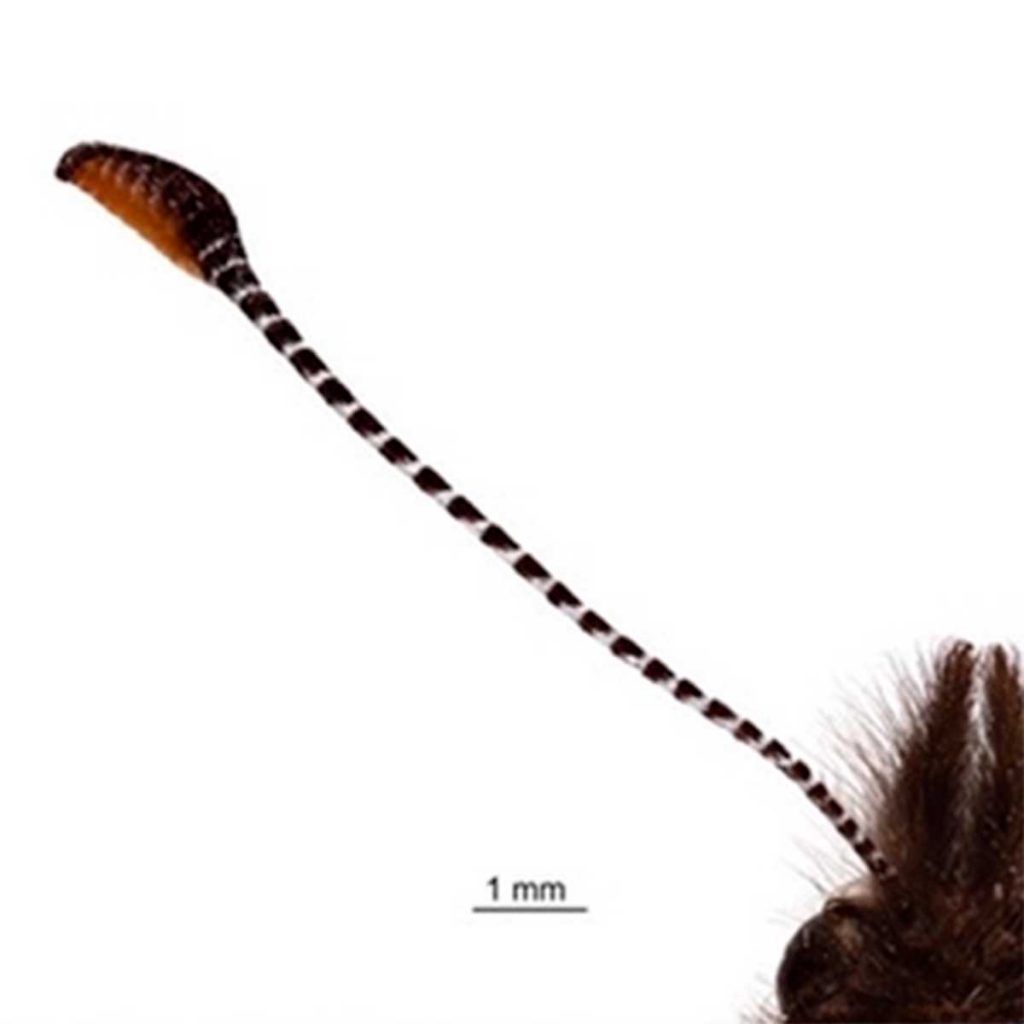
Percnodamon sp.
Puriri Moth
- The puriri moth (Aenetus virescens) is endemic to New Zealand. It is the country’s largest moth. This is a female puriri moth
- The puriri moth (Aenetus virescens), also commonly called the ghost moth or pepetuna, is a species of moth of the family Hepialidae. This moth is endemic to the North Island of New Zealand. It is New Zealand’s largest moth, with a wingspan of up to 150 mm
- It spends the first five to six years of its life as a grub in a tree trunk (common host plants are the puriri tree (Vitex lucens) and putaputawētā (Carpodetus serratus), but puriri larva also inhabit non-native species such as Eucalyptus), with the last 48 hours of its life as a moth. Footage has been taken of a puriri moth chrysalis hatching over a period of one hour and forty minutes.
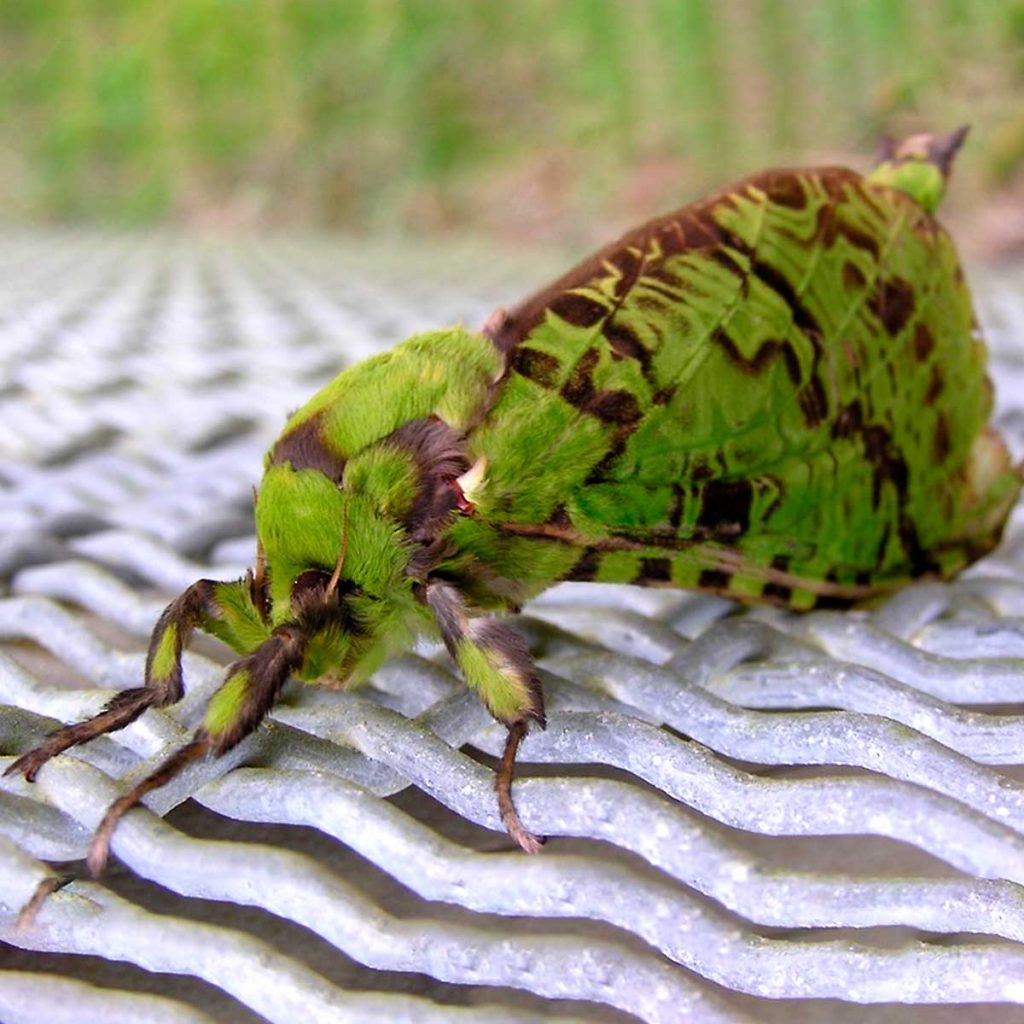
Declana Floccosa
- Declana floccosa, the forest semilooper, is a moth of the family Geometridae
- It is endemic to New Zealand.[1] It was first described by Francis Walker in 1863 using specimens obtained from Colonel Bolton
- The wingspan of this species is 27–35 mm and is extremely variable in colour and patterning
- The larvae feed on a wide range of native and exotic broad-leaved and coniferous shrubs and trees
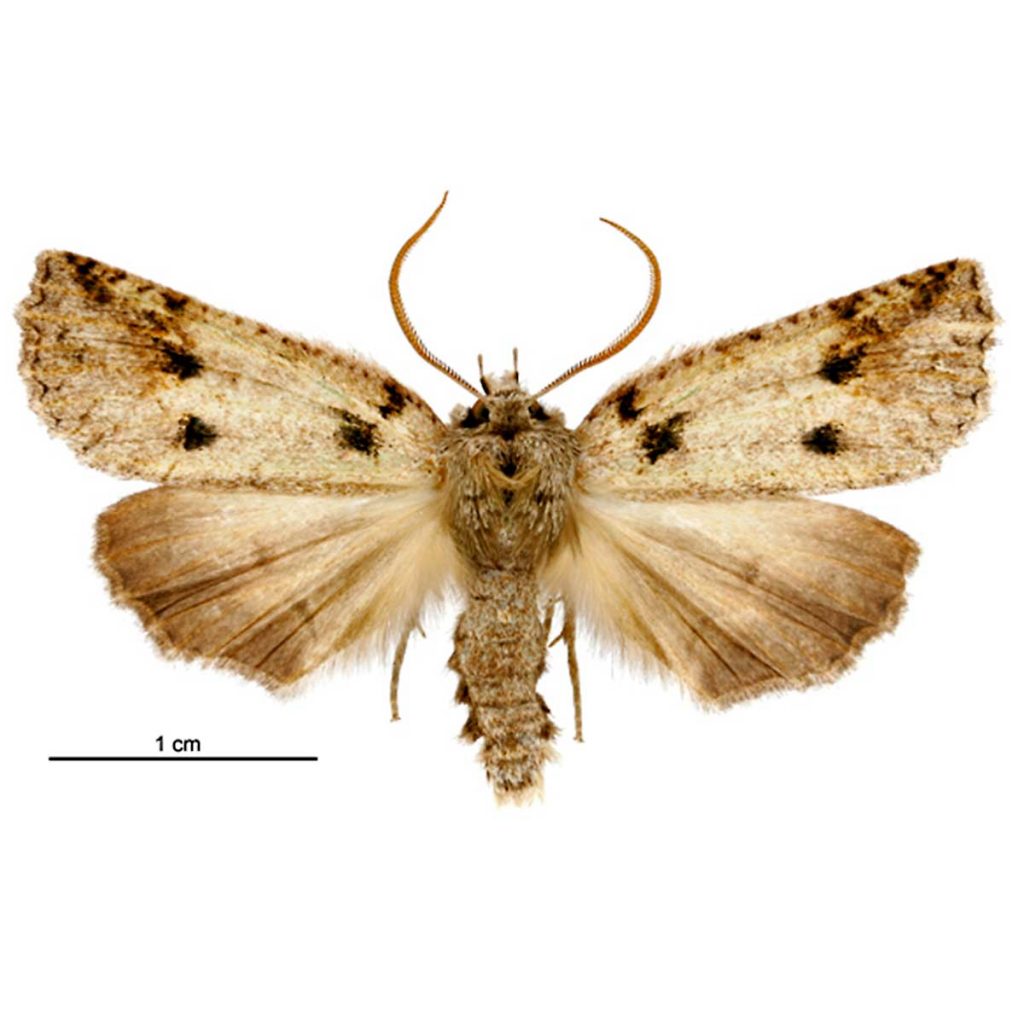
Northern Wattle Moth
- Self-introduced into New Zealand
- Originally from Australia
- Also known as owl, moon or peacock moth
